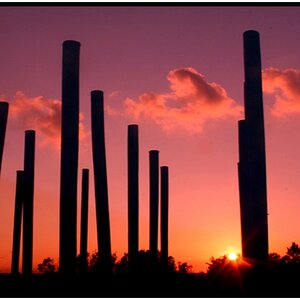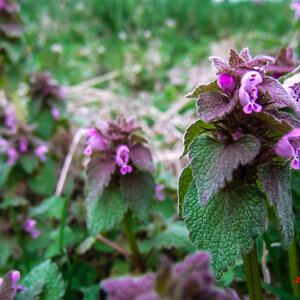Axel
TPF Noob!
I am looking at Adorama's site and see that there are two different Fuju Films. One is the Fujifilm Neopan 100 Black & White Film ISO 100 and another one is Fujifilm Neopan 100 Acros Black & White Film ISO 100. The price is quite different, but what is the difference between the films?
Are there any better films out there (better=price/quality of pictures)?
Thank you
Are there any better films out there (better=price/quality of pictures)?
Thank you



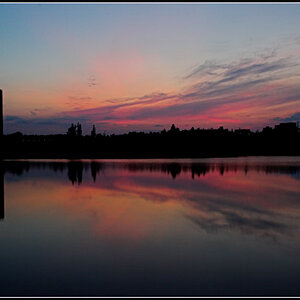
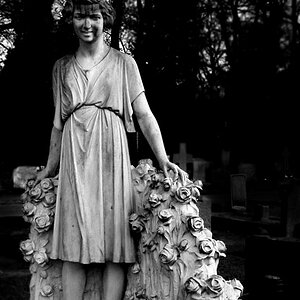
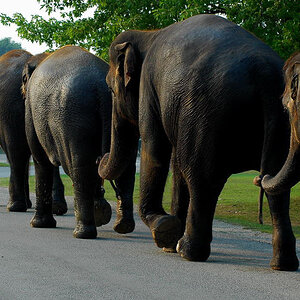

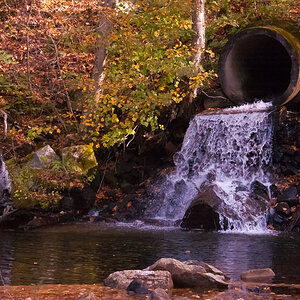
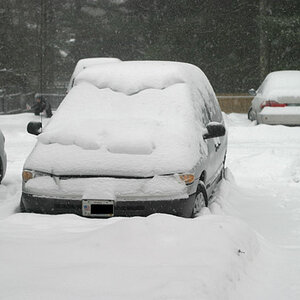
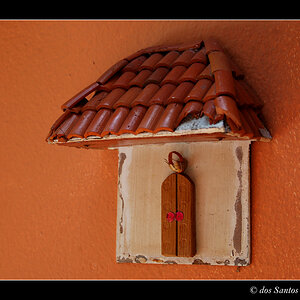

![[No title]](/data/xfmg/thumbnail/41/41926-7b67b67ec3a4ea78149adc9ca76efe76.jpg?1619739945)
